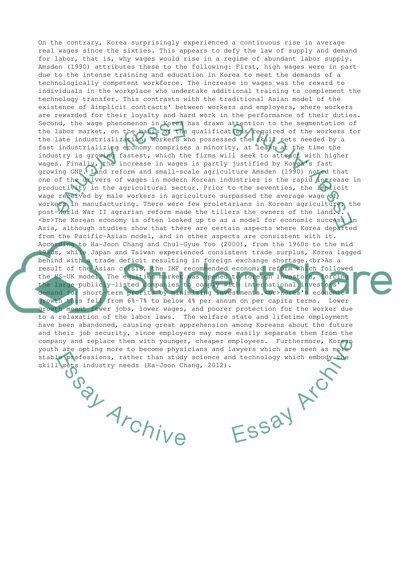Cite this document
(“The Economic Success of South Korea Essay Example | Topics and Well Written Essays - 1500 words”, n.d.)
Retrieved from https://studentshare.org/business/1478260-the-economic-success-of-south-korea
Retrieved from https://studentshare.org/business/1478260-the-economic-success-of-south-korea
(The Economic Success of South Korea Essay Example | Topics and Well Written Essays - 1500 Words)
https://studentshare.org/business/1478260-the-economic-success-of-south-korea.
https://studentshare.org/business/1478260-the-economic-success-of-south-korea.
“The Economic Success of South Korea Essay Example | Topics and Well Written Essays - 1500 Words”, n.d. https://studentshare.org/business/1478260-the-economic-success-of-south-korea.


